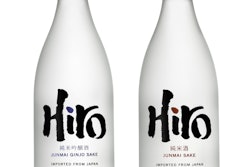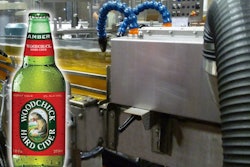
Growing up as I did in a manufacturing center like Detroit, discussions on manufacturing efficiencies and how a particular design seemed to work “better” was a common topic of discussion between my father and his friends. The outcome of poor design was inefficient production, which meant high production costs due to slow assembly speeds. This embedded a viewpoint in my mind that the manufacturing process can be pivotal to a product’s success.
A particular part of a package’s design can be either a blessing or a curse to packaging operations. Understanding how a package, package components, and machines interact is a fundamental skill for a good package designer. The simple understanding of machine parameters and how well a machine can hold a tolerance is critical information to a package designer. A carton design can be said to be “producible” on a machine if the parameters of the machine are known and the package dimensions fit to the machine. Costly downtime due to material jams can be avoided if the machine and package are understood before implementation. In pouch machines, for example, physical characteristics of the material will affect how well a machine will handle a flexible web to form, fill, and seal a pouch or maintain a seal while being filled. Films and laminations with different physical properties can be problematic for a machine unless understood before you intend to manufacture packages. It is prudent for the package designer to understand how a particular machine handles a film and how that film responds to the demands of the machine to determine the applicability of new materials.
Packaging curriculum in universities should cover machine interaction or manipulation of a package. This is a valuable piece of the entire picture. Unfortunately, this relationship is difficult to present, and barriers to effectively teaching this relationship exist. The first barrier is having packaging production machinery placed in schools for the students to learn how they operate. That takes valuable space at the school and expensive machinery, unless older machinery is donated and in that case the machinery should be operable and not just worn-out back-room equipment. The second is a supply of consumables—caps, bottles, films, and labels—for the students to run on the equipment. Supplying packaging schools with the consumables will allow the students to actually tweak the machines and observe differences in operational performance as the machines run at various settings.
The outcome of this academic/industry relationship would be packaging graduates with not only an understanding of the properties of packages and materials but an understanding of how those properties fit into a machine’s manipulation of them in manufacturing operations. The packaging industry has to be more involved in education if they desire to hire trained professionals.
Placing machinery in packaging schools exposes the students to the machinery they will work with when they graduate and begin working. This alone is reason for manufacturers to support this concept.


























